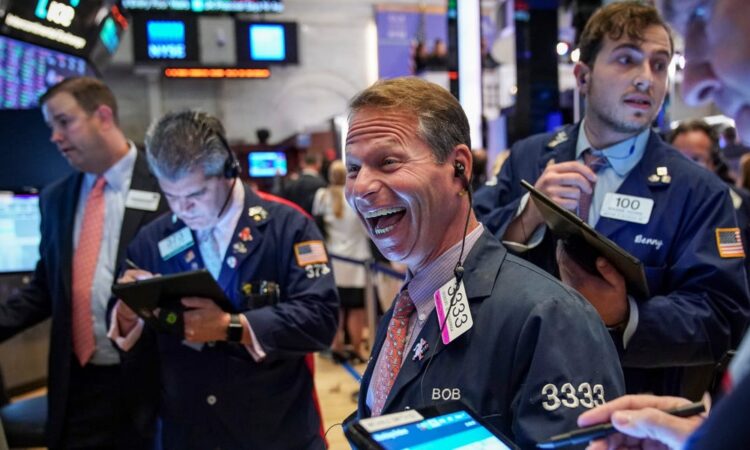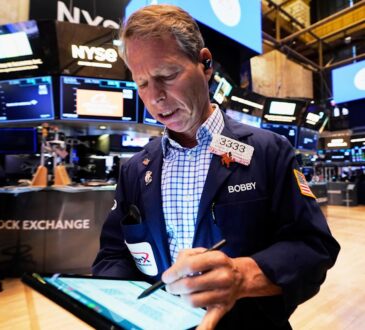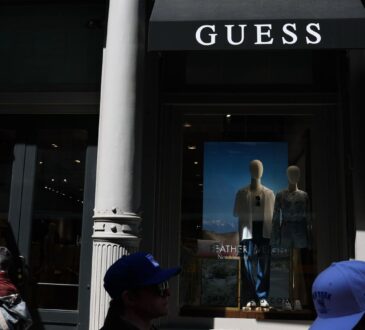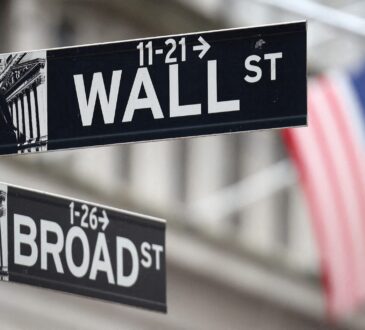
- There’s more evidence that stocks are in a secular bull cycle, Ned Davis Research said.
- Equities’ recent performance, among other economic indicators, suggests more upside ahead.
- Since hitting its secular bottom in 2009, the Dow has hit fresh all-time highs every year for 12 years.
Investors are coming off a banner year in the US stock market — and there could be plenty more gains ahead, according to Ned Davis Research.
In a note published Thursday, chief global investment strategist Tim Hayes highlighted a handful of fresh evidence that suggests a secular, long-term bull cycle is indeed still alive and well. The recent strength in equities is consistent with the thesis, and broader macroeconomic conditions also support forecasts for more gains to come.
Over the last three months, stocks have passed what Hayes called the duck test: “If it looks like a duck, swims like a duck, and quacks like a duck, then it probably is a duck.”
The Dow Jones Industrial Average, for instance, has notched record highs already this year, which have been followed by records in the S&P 500. Since the Dow hit its secular bottom in 2009, it’s advanced with higher highs and higher lows, touching fresh all-time highs every year for 12 years.
That tracks the trend seen in the secular bull cycles of the last 100 years, according to NDR.
NDR
While absolute performance has been strong, so have the measures of relative performance, Hayes added. Stocks tend to outperform bonds and commodities during secular bull cycles, as they are today, and that provides further “secular confirmation.”
Secular bull markets also tend to result in US outperformance compared to other regions’ stock markets, the strategist said.
In addition, low unemployment, rising confidence, and strong GDP figures also imply a positive macro picture, which together support a secular bull market.
To that point, labor market data out Friday showed the US added 353,000 nonfarm payrolls in January, far surpassing expectations for job growth. The unemployment rate held steady from at 3.7%.
“Not only did we get for the most part very good data about how 2024 started, but the pretty remarkable trends that we saw in 2023 held up after revisions as well,” Nick Bunker, North America economic research director at Indeed Hiring Lab, said in comments to Business Insider. “Overall story is a labor market that’s very resilient.”
What’s more, consumer sentiment surged last month to its highest in over two years, the University of Michigan reported on Friday.
Over the last two months, the gauge has climbed a cumulative 29% — the biggest two-month increase in more than three decades.
“Considering the increased confirmation from indicators of market performance and economic conditions, the secular bull is not only passing the duck test, but doing so with a high grade,” Hayes said.





